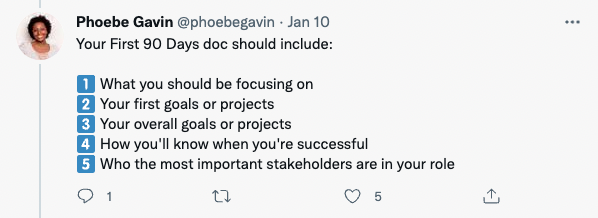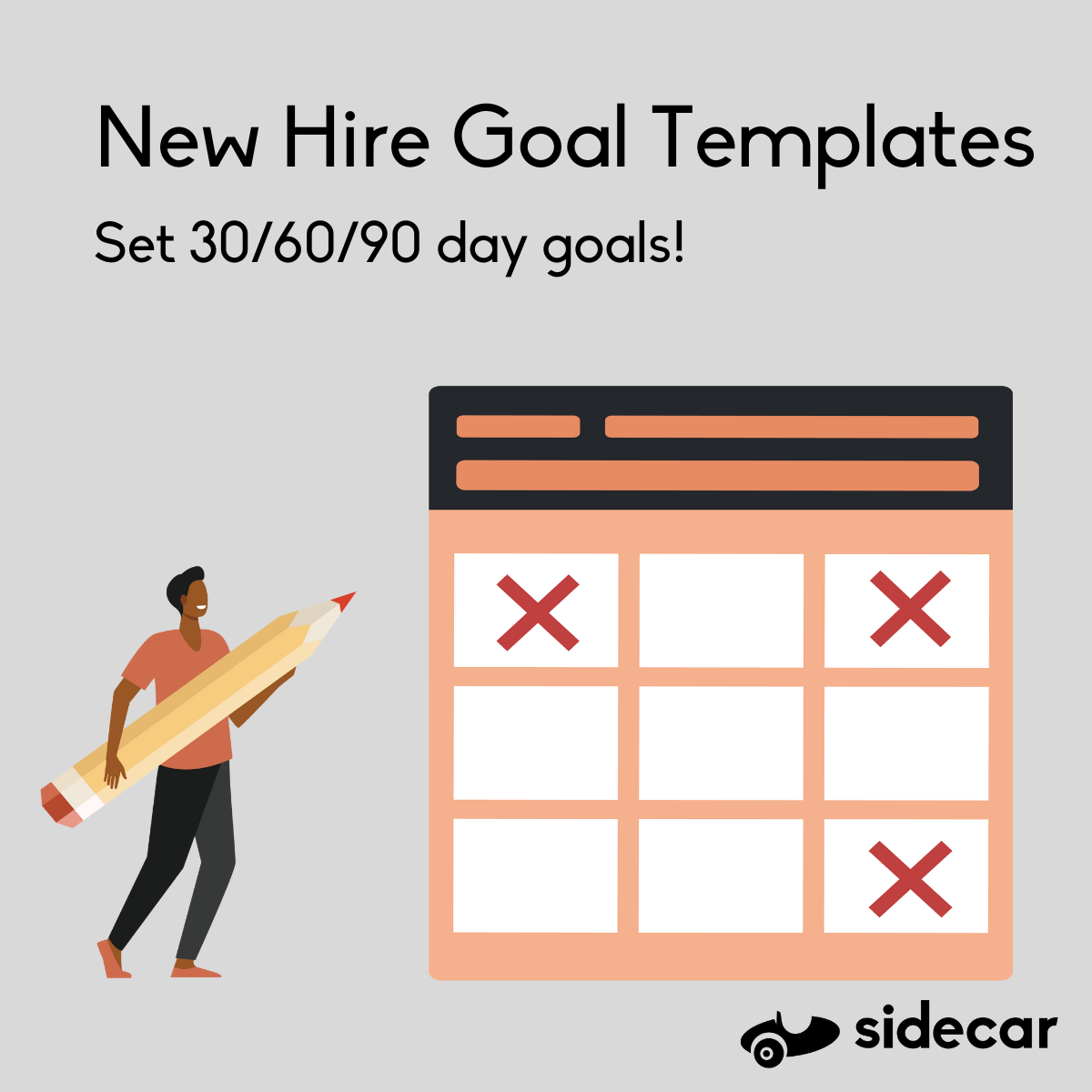In a world where most organizations are taking their roles online, the traditional onboarding process likely needs some adjustments. Where there once was an opportunity to bring new staffers around for introductions and set them up with hands-on training, that experience all needs to live in a virtual space.
So how do you restore the human element and ensure your new staffers are set up for success?
Enter the virtual onboarding process. Creating a thoughtful and structured plan for bringing on new staff is critical not only for streamlining the hiring process but also as a tool for assessing the health of your organizational culture as a whole.
What is Virtual Onboarding?
Just like the traditional hiring process, virtual onboarding is the strategy your organization uses to find, train and retain staff. Essentially, it’s your opportunity to outline everything your new staffer needs to know to succeed in a role, pass along information about the organizational culture and also provide them with any and all technical components they need to do their job – think computers, passwords and programs they’ll be using.

Members Only: A Guide to Virtual Onboarding
How to communicate expectations, promote company culture and create connections.
Watch Now
The Stakes For Successful Onboarding
However, it’s more important than just introducing someone to the mission of your association. According to a study done by Career Builder and The Harris Poll, 93% of employers feel successful onboarding is critical for a new hire to understand long-term vision, culture and career potential when considering a role.
To make matters worse, they also found that over 51% of employees continue their job search even after accepting a role – meaning that factors like onboarding and organization culture can have a huge impact on whether or not that new hire even shows up for their first day of work.
Understanding the Challenges of Virtual
Onboarding was already a complex process that was thrown a curveball – going virtual. Not only does this force organizations to adjust their process, but also adds another dimension to candidate evaluation. For example, can your new candidate troubleshoot any technical issues they might have at home? Are they technology savvy enough to self-teach complex ideas?
Another challenge to the virtual process is the human element. In an article for Forbes, Jennifer Smith also points to the impact of losing the touchpoints you have through the course of an in-person onboarding process: “When you're onboarding online, there's no popping in to ask your new hire, ‘How's it going?’ or reading their body language to decipher their comfort level. And for the employee — who's being asked to absorb a ton of new information — there's no leaning over to the person at the next desk to say, ‘Wait, tell me again how we do that?’"
4 Virtual Onboarding Best Practices
So now that we understand the stakes of properly onboarding, it’s time to start creating the strategy for your association. However, for organizations just working on their virtual onboarding playbook, there are some best practices to keep in mind.
1. Be Clear During The Hiring Process
The first step to virtual onboarding starts well before their first day in the “office.” It starts by hiring the right people and giving them a solid understanding of their role and the organization itself. Some things to cover include:
- Work Expectations: What does remote work look like in your organization? Is there flexibility in terms of schedule and location? Are there set “on” hours? What are their responsibilities and who do they answer to?
- Policies: Are there plans to transition from remote to hybrid? What is expected of them in terms of COVID vaccination and testing? Are there any blackouts for vacations or major events they need to be present for?
Essentially, you want to provide your candidates with all the information they need to determine whether they like the style of work and structure that may affect their day-to-day life.
2. Put the Pieces in Place Before Day 1
Once you’ve found that perfect candidate, it’s time to get them started! Churn rate is at its highest within the first year of a staffer’s tenure, so starting your new employee on the right foot is critical. So, before their first day, be sure you have things organized.
Starting a new role can be tough so make sure all their onboarding docs are ready. This can include employee policies, organizational handbooks and information on their benefits – taking the guesswork out of their first day can help alleviate some of those early nerves.
Your association should also have all the technical aspects sorted before day one. This can include their computer, credentials, an IT contact and any software they may need. During the interviewing process, be sure to ask whether they need any new gear and get that shipped well before their start date.
Finally, be sure to spend time as an organization going over what this role should entail and what it needs to accomplish. Having a roadmap for your new staffer that includes expectations, projects and goals can help give them a clear vision from day one.
Bonus: According to a Harvard Business Review article, a good strategy is to foster a connection to the organization well before the first day. “Reckitt, the global consumer products company, sends a care package to new employees’ homes before their start date. It’s filled with the company’s products, and a warm note linking the products to the company’s mission.”
Remember that you want to turn your staffers into advocates for your organization and this is a great way to start.
3. Create Personalized Training Training
As mentioned before, losing the in-person element of onboarding can be a challenge, which is why the most important component of your virtual onboarding process is the training element. This can take many forms like, for example, instructor-led training, onboarding cohorts and self-guided e-learning – although there should always be someone from the team that acts as a liaison.
- Instructor-Led Onboarding – The people who are going to spend the most time with your new staffers need to also set the tone for what your association is all about. Be sure to surround them with cheerleaders who have insights into growth within your organization. They should be able to give new hires the ins and outs of an organization while also becoming that initial mentor.
- Create DIY Options – You never want your new hires to feel like they’re an inconvenience – which is how they might feel when they have some basic questions about the role. This is where self-learning and FAQs can help. Thoughtful onboarding practices will give you a basic idea of questions staffers may have. Answering questions like “who do I go to for PTO, benefits, company policies and days off?” can all be compiled into a handy guide for their first day.
According to Smith, it’s important to tailor the virtual onboarding process to your new hire. “Consider an employee's personality and communication style. Are they an introvert who's exhausted by high levels of human interaction or an extrovert who's energized by it? Are they a digital native adept at independently searching the internet for information, or do they require more one-on-one guidance?”
Not only does this help ease them into this new role, but also it can help when creating onboarding materials. Visual learners may need a handy guide with graphs and images while a digital native may prefer a thoughtful pre-recorded video. Work with your talent and they’ll work with you!
4. Focus On Culture
Lastly, your virtual onboarding strategy should include a good dose of culture. People love working for your association and you want to be sure your new hires love it too. So, be sure to give them an opportunity to experience that while also fostering bonds among their new colleagues.
One easy way to get things started is with an all-hands zoom call within those first few days of starting. For one, it helps them get to know their new team members, but also it helps them know you’re excited to have them join the team.
In the remote world, it can be tough to create rapport without the ease of team outings. Be intentional about hosting social activities that include your new staffers quickly. It’s also a great time to host breakout rooms and icebreakers that can help facilitate those connections.
Bonus: Remember, onboarding should be fun and exciting, so throw in that playful Buzzfeed quiz that can offer some insight into personalities.
Proactive Onboarding for Staffers
While the success of virtual onboarding lies mainly with the organization, it can be an active experience for the new staffer as well. Whether that means outlining what you want to achieve or planning out those key questions you need answered on your first day, structure is key.
Know Before You Start
Have an understanding of your new role. This is particularly important for professionals entering the association space for the first time. Understanding things like what exactly an association is, the different roles within an organization and the dynamics between staff and volunteers are all things you want to learn early on.
Make a Plan for Early Success
Just as an organization will have 30, 60 and 90 days metrics to determine your success, you should also have a similar strategy for yourself.
Phoebe Gavin, Executive Director of Talent and Development at Vox, discussed the importance of using a 90-day tracker document in a recent Twitter thread.

Each factor helps guide you through those early stages at a new role, but two of the most important ones are the goals and stakeholders.

New Hire Goal Templates
In a world where most organizations are taking their roles online, the traditional onboarding process likely needs some adjustments. Where there once was an opportunity to bring new staffers around...
Download Now
- First Goals & Projects: No one wants to start a new role in limbo, so be sure you’re clear about what projects you’re working on and what your organization deems as a success. Whether that means simply gaining an understanding of the organization or working on a specific project right out of the gate – establishing KPIs can keep everyone on track.
- Stakeholders & Leaders: Organizational structure is an important part of working in the association space. When you start your new role, you should work to understand who your boss is, who they answer to and whether or not there will be cross-functionality within the departments. Not only is it helpful to have this information, but also it can be used as a blueprint for upward movement within your new organization.
Gavin also says “don't be shy about creating this doc and asking your boss to help you complete it. They'll be impressed that you're being so proactive about setting yourself up for success.”
Long-Lasting Success
The way we work is changing, and setting a strong foundation can help you find happiness and purpose within your new role. However, as more organizations become understanding of mental health and burnout, setting specific routines can help you establish a clear line between work and personal time.
Mecio Whitlock, CEO of Mindful Techie, says that creating a healthy work environment, especially in a new role, starts with creating a healthy work-life balance. A great time to do this is during your virtual onboarding.
Get a feel for your new organization and work to establish your rules of engagement, which are essentially what hours you’re available, the times you’re “on,” and available for meetings and the tools your colleagues can use to reach you.
Virtual Onboarding Is Your First Impression
As the famous quote goes, you never get a second chance to make a first impression. Establishing a virtual onboarding experience starts with five key factors:
- Establishing your organizational values and goals from the first interview
- Getting your new hire everything they’re going to need well before they start
- Sharing all your policies, handbooks and pertinent information (don’t be afraid to throw in some swag!)
- Creating a thoughtful training program complete with networking opportunities
- Keeping things fun
The first few days for a new staffer can always seem daunting, but having a blueprint to guide them through the process can make all the difference in retaining them for years to come.
Tags:
Engagement
January 20, 2022


